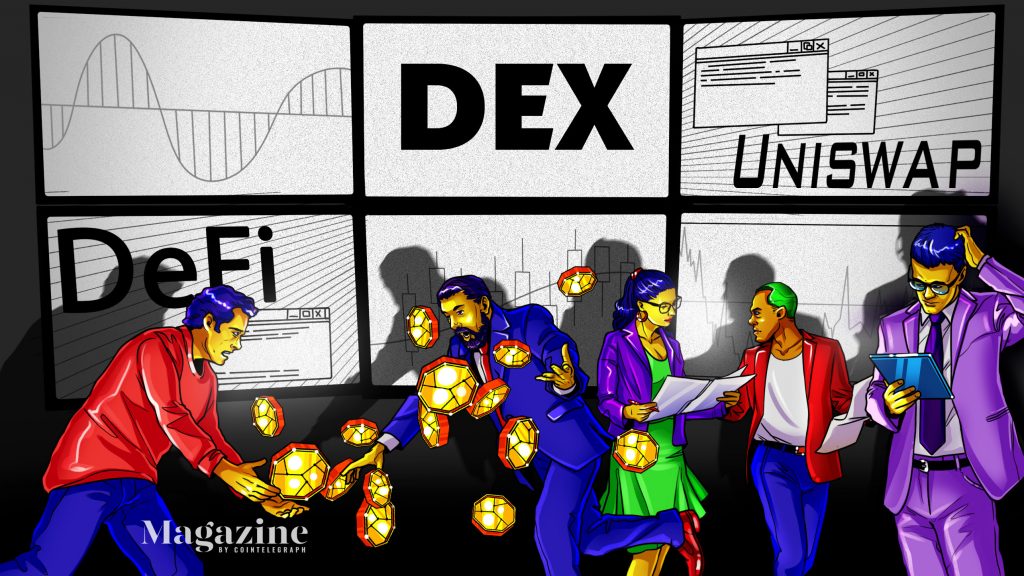Automated market makers are a true public good in crypto, enabling genuinely decentralized trading 24/7 and supporting the wider DeFi ecosystems. But they’re not without a host of problems, writes digital economist and academic Christos A. Makridis.
The decentralized finance (DeFi) market has surged since 2021, growing from just over $20 billion to nearly $160 billion as of March 2022, compared with a rise in the total cryptocurrency market from $433 billion to $2.5 trillion over the same period.
While the recent crypto washout in the wake of the collapse of Terra’s LUNA and UST has caused the market value of DeFi to fall almost all the way back down to $60 billion, there is still optimism in the crypto community and the market value will largely return for major crypto assets in the months and years ahead.
The rise of DeFi has been thanks largely to the presence of liquidity made possible through automated market makers (AMM). Whereas centralized exchanges function as a custodian of their customers’ funds and function as a matchmaker for demand and supply, decentralized exchanges (DEX) do not have a custodian.
Instead, peer-to-peer trading, as it was initially designed, is facilitated through a traditional AMM mechanism that says the product of any two assets must always equal some constant. In other words, if Bitcoin and Ether holders put $100 worth in a pool, then the product of the two assets always has to equal $100. If, however, a holder buys more Bitcoin, then the price of Bitcoin rises, and the other side provides more Bitcoin so that the equation balances. The hope is that the pool has many liquidity providers so that there is never a situation where the price of an asset rises so fast that there is insufficient liquidity to facilitate a trade at a reasonable price.
Liquid gold
AMMs have played an integral role in creating liquidity in the overall market. The latest research by Gordon Liao, head of research at Uniswap Labs, and Dan Robinson, head of research at Paradigm, shows that “Uniswap v3 has around 2X greater market depth on average for spot ETH-dollar pairs,” relative to their centralized exchange counterparts, such as Binance and Coinbase.
Here, liquidity is measured using market depth, which refers to how much one asset can be traded for another asset at a given price level. One reason for greater market depth is that AMMs can unlock a more diverse set of passive capital and institutional investors who…
Click Here to Read the Full Original Article at Cointelegraph.com News…
























